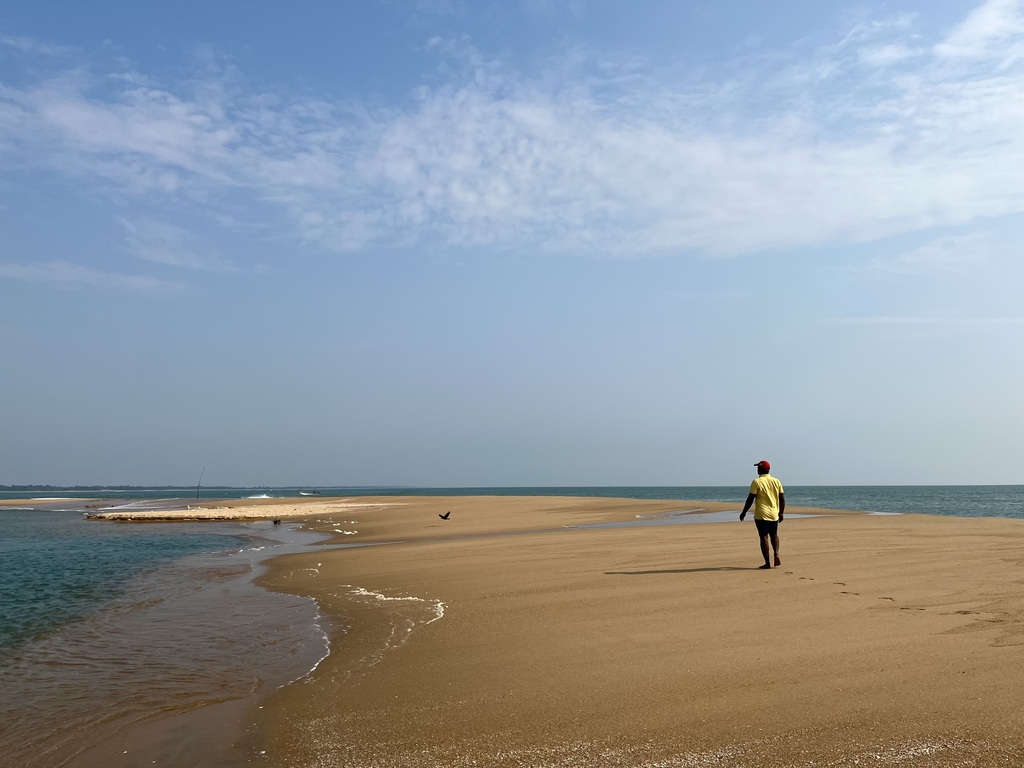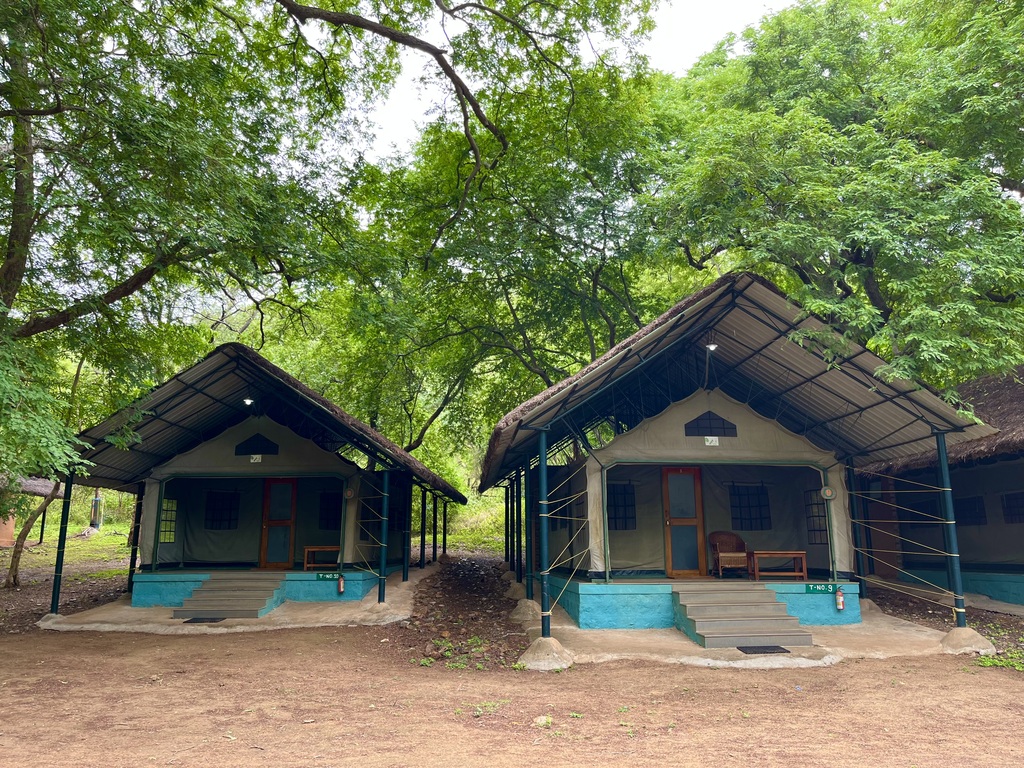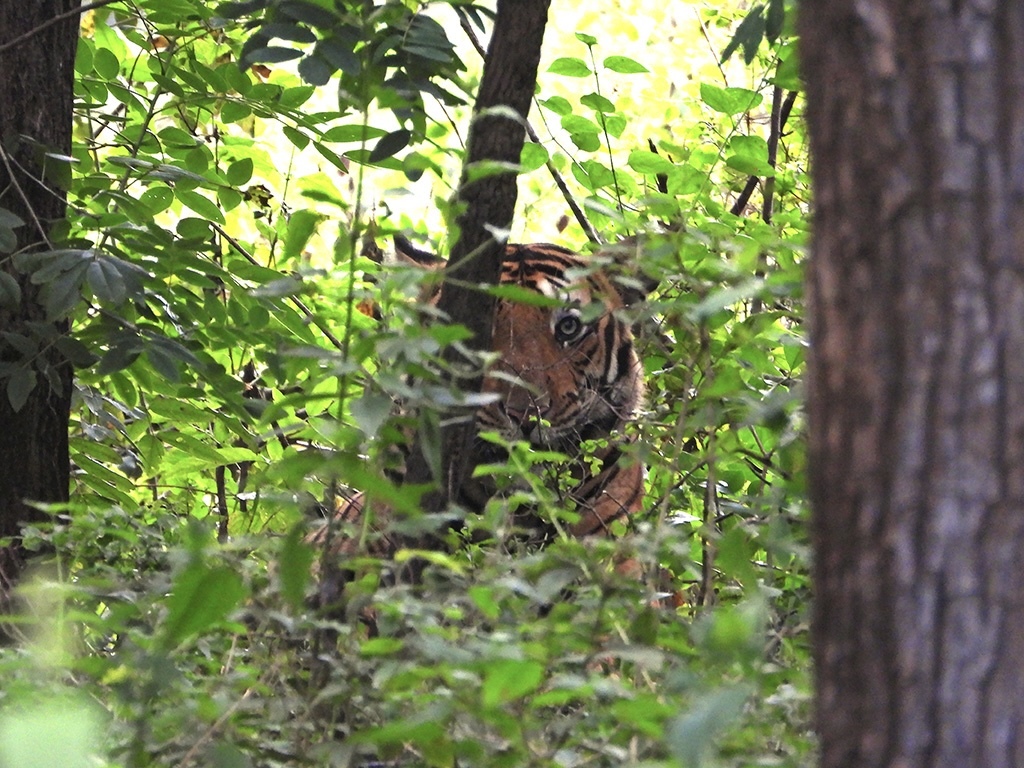
| Address: | Follow the how to go section. |
|---|---|
| How to go: | Telkupi From Purulia head towards Raghunathpur through Purulia-Barakar road, From Raghunathpur more take left turn and go straight towards Gobranda. From there it's gonna be the tricky ride for a explorer as it started a confusing road inside the remote village. Ask-people-and-go-ahead will be the clue for this...Just remember one thing, Telkupi comes under Balabana gram panchayet and both deuls stand beside Gurudi dam lake. Raghunathpur to Telkupi is around 21 km Banda After Telkupi go ahead towards Cheliyama village, on the way before cheliyama there is one rural way on right right which is going to Banda deul. Deulghata From Purulia town, Garhjoypur railway station is around 20 km through Purulia-Ranchi road. From there turn left and drive around 10 km inside, you will find Kashai river. Deulghata is exactly besides of that river. |
| Pros: | Road condition is too good, Availability of shop and necessary things |
| Cons: | Nothing such I found |
| What to visit ? |
|
| Company: | I suggest, persons who have larger interest in Indian architecture. |
| Minimum day/time to visit: | 1 day to visit all deuls |
| Locality: | Village |
| Expenses: | Depends on company and transport. But I suggest hire car to visit those place. Because in most of the places you won't find local transport and time is also a factor. |
| More Information: | Telkupi double deul - Telkupi deuls, a part of Chhota Nagpur Plateau in eastern India, constructed by Raja Damodar Sakhowar of Garpanchkot dynasty in Manbhum district. The deity of this temple was Bhairabnath and in Charak festival villagers used to organise fair. An underground path also being made which headed towards Garpanchkot that time. The land of deuls used to be an amusement and religious ground of Kurmi, Santal tribal in Gurudi, Cheliyama in Purulia district. Later due to construction of Panchet dam, Telkupi is getting submerged day by day. Due to this reason few people of Kurmi and Dhanbad taken initiative of saving the idols from the temples and place them somewhere else. Till now villagers organise fair in Baruni and Bhokta festival every year. Banda deul this is also a Jain architecture constructed in 10th to 13th century which is a protected monument of Archaeological Survey of India (ASI). This temple is a sandstone temple in rekh deul style with a trirath projection. The length of the temple is 75 m and the base is 14 feet on the ground. The architecture still mesmerize us as this is maintained well and stands a bit interior into the village. The temple is north facing and it faces a 8 stands supported stone made Mandap. The Southern and eastern side of the temple body contains of interlocking floral motif which is resembles with snakes and the base part of the temple is made of pitcher shaped stone which is placed one above one. The eastern base contains elephant head shaped water outlet. And the top part of the temple there is a lotus shaped finial. In the door of the temple one will find many human figures. Inside of the temple there is an elevated platform on which idols were placed once, as per the locals the idols have been shifted to Mahamaya Temple in Chelyama village which is nearby. The entire temple stands on a stone based pavilion which is around 250 by 150 feet surrounding. The entire area is covered with Palash trees, in spring when the bloom appears through out the trees, it looks amazing. Deulghata Karnel E T Dalton and J D Beglar are two archaeologist as well as photographers from 1870's who has put their view on this place and temples. Deulgahta is situated beside right side of Kasai river and this belongs to Boram village. It is assumed that once upon a time this area contains several rekh deul style temples but due to natural disaster and lack of maintenance most of the temples got collapsed. The temples of deulghata used to made up with stone and brick, formally called it stucco application. All the temples are east facing. The temples are on a high platform and inner sanctum is accessible through a narrow corbelled arch entrance. As per E T Dalton the biggest temple used to stand between the present two. The height of the tallest temple was 60 feet which has been collapsed on 30 September 2002 on a thunderstorm. He said the brick temples are so well constructed that a knife cant be inserted in between two. He could not see any god or goddess inside the temples. It is also noticed that the top finial structured could not be found as those were already broken down before the time. He saw a water outlet in the bottom part of the biggest temple. He also noticed the treasury style designs into the body part of deuls. It clearly tells how rich architecture they could form in 10th century. He also found the villagers collected few stoned made idols which has been placed inside a Hindu temple nearby this place. Those include a Shiva idol and few naked Jain structures. Apart from this he found some broken pillars in front of the temples, he thought those pillars are too small that can not hold stone made shade like Banda deul which used to considered as Mandaps that time. J D Beglar has given the similar view but he mentioned while constructing, it maintained the brick case style only. That means it does not contain plasters outside of the temples initially, But later he found white colored paint on the outer part of the body of the temple. He assumed the change had been done by the local villagers afterwards. He found many idols inside like Parvati, Durga, Ganesh, Shiva and many more. He understood as the time goes, it changed the trend of using temples based on different religion prospect. As per Beglar the pillars in front of the temples used to hold stone made shade which used to considered as Mandap. Pakbirra Deul Coming Soon.... |
Picture Gallery






























































































All Comments
No Comments Available